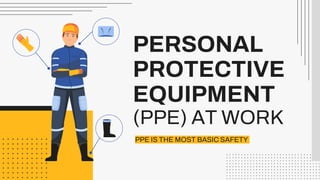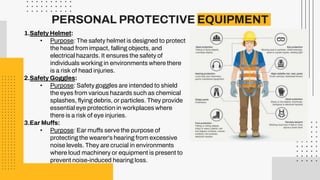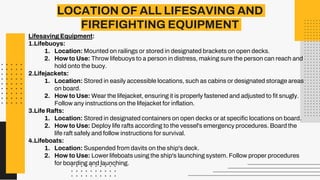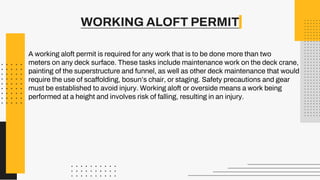The document provides guidance on safety procedures for bunkering operations and precautions to take before, during, and after bunkering. It outlines the key steps in the bunkering process, including preparing equipment and tanks, monitoring the operation, and confirming fuel quantities received. Potential hazards like fires or spills are addressed through requirements for plugging scuppers, standing by with oil spill equipment, and following proper valve line-ups.


































